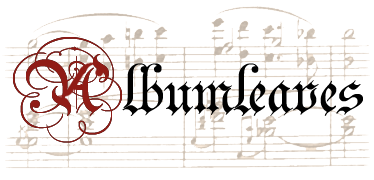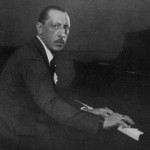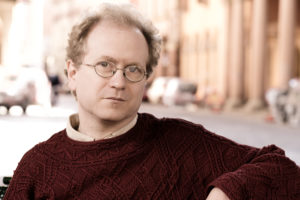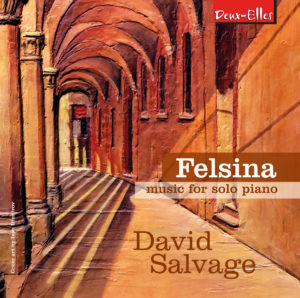Albumleaf 41: October 24, 2010 (Farmville)
-
David Salvage composes and performs all the music on this blog, unless otherwise indicated.
-
RECORDINGS
-
Coming to all platforms and CD, August 22nd, 2025 from New Focus Recordings
-
Released October, 2021 on Deux-Elles Recordings:
-
Salvage's music is published by Universal Edition Vienna.
-
Some of Salvage's longer compositions can be found on his SoundCloud page.
-
Categories
-
Archives
- August 2025
- July 2025
- June 2025
- January 2025
- June 2023
- December 2022
- November 2022
- October 2022
- September 2022
- August 2022
- July 2022
- June 2022
- May 2022
- February 2022
- January 2022
- December 2021
- October 2021
- September 2021
- June 2021
- May 2021
- February 2021
- January 2021
- December 2020
- November 2020
- October 2020
- April 2020
- March 2020
- February 2020
- December 2019
- October 2019
- July 2019
- June 2019
- April 2019
- March 2019
- February 2019
- January 2019
- December 2018
- November 2018
- October 2018
- September 2018
- August 2018
- July 2018
- June 2018
- May 2018
- April 2018
- March 2018
- February 2018
- January 2018
- November 2017
- October 2017
- May 2017
- April 2017
- September 2016
- December 2015
- November 2015
- October 2015
- February 2014
- December 2013
- September 2013
- August 2013
- July 2013
- June 2013
- May 2013
- April 2013
- March 2013
- February 2013
- January 2013
- December 2012
- October 2012
- September 2012
- August 2012
- July 2012
- May 2012
- April 2012
- March 2012
- February 2012
- January 2012
- October 2011
- September 2011
- August 2011
- July 2011
- June 2011
- May 2011
- April 2011
- January 2011
- December 2010
- November 2010
- October 2010
- September 2010
- August 2010
- July 2010
- June 2010
- May 2010
- April 2010
-
Some of Salvage's larger compositions can be found on SoundCloud.




